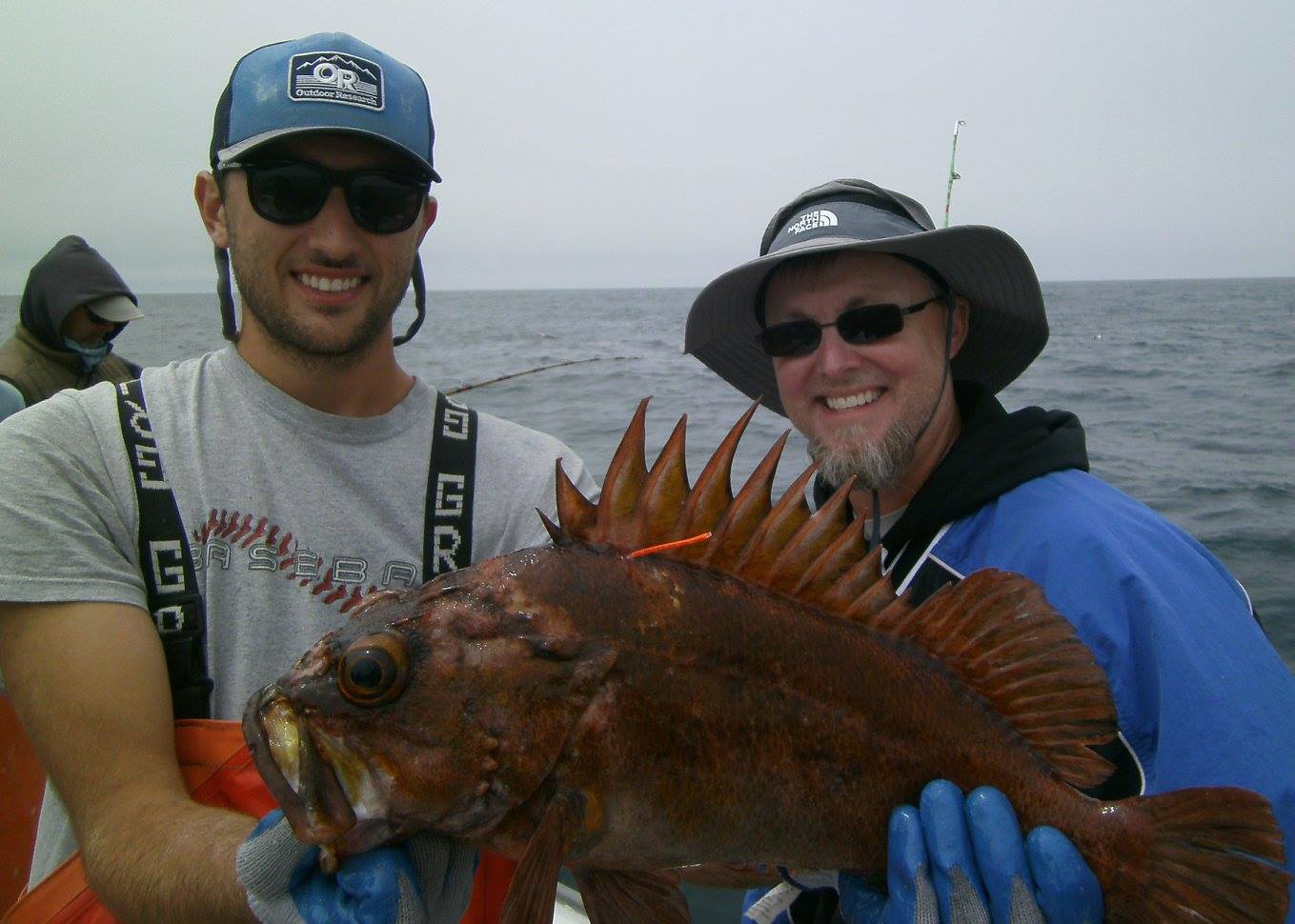Spotlight on Citizen Science: Todd Kennedy
By: NOAA Office of Education
20 September 2017
Meet Todd Kennedy, a volunteer with the California Collaborative Fisheries Research Program who is helping collect valuable data on California’s nearshore fisheries. NOAA’s Southwest Fisheries Science Center and other partners use information collected by California Collaborative Fisheries Research Program volunteers like Todd to help sustainably manage these important fisheries.
How did you get involved in the California Collaborative Fisheries Research Program (CCFRP)?
I was introduced to CCFRP by a colleague when I was hired to teach AP Environmental Science for Clovis West High School.
What did you find most enjoyable about contributing to this project?
This project provides the unique opportunity for students to participate in a real-world research project connected to their course content. If students learn theory without application it can be difficult for them to connect with the issues we face every day in environmental science. Through this project students not only learn how this research is done but also why it’s needed, reinforcing sound scientific principles and the steps needed to address pressing environmental issues.

Todd Kennedy (right) with a large Copper rockfish (Sebastes caurinus) held by undergraduate science crew member Chandler Skinner-Horne. This fish will provide information about the performance of marine protected areas along the central coast of California monitored by the California Collaborative Fisheries Research Program.
What did you learn from your experience with CCFRP?
This experience brought to light the need for addressing fish population change along the central coast of California. All too often, things like this are “out of sight and out of mind.” Unless our livelihood depends on fishing or we live near the ocean, the natural assumption is that everything is fine. This project illustrates the impact of fishing as well as what happens to fish density and diversity when fishing pressure is removed along the coast. This monitoring sets the stage for future decisions about sustainable fisheries and marine protected areas.
What was your favorite CCFRP memory?
The camaraderie aboard ship and friendships made makes each fishing trip a blast. While most people might remember their biggest fish or the one that got away, my favorite memory actually happened off the ship. Last summer I met a California Polytechnic State University student, Matt, on one of the trips. As we fished we talked off and on all day. At the end of the trip we said goodbye assuming we’d never see each other again. Well as luck would have it, I ran into him the very next day. I was kayaking with my family in Morro Bay when we saw another family flip their canoe and start calling for help. As I paddled to help I noticed someone running on shore, dive into the water, and start swimming out. As I reached the family and started pulling in the kids, the swimmer from shore arrived… it was Matt! So my favorite CCFRP memory was when Matt and I helped save a family who had flipped their canoe in Morro Bay.
What advice would you give to other students/teachers interested in being involved in ongoing research projects?
Don’t hesitate to get involved! You’ll grow as an educator, make lifelong friends, and provide your students with an experience of a lifetime!
Learn more about the California Collaborative Fisheries Research Program:
Website: https://seagrant.mlml.calstate.edu/research/ccfrp/.
Facebook:https://www.facebook.com/CaCollaborativeFisheriesResearchP…/
Instagram: https://www.instagram.com/ccfrp/
YouTube: https://www.youtube.com/user/CCFRP
This post originally appeared on the NOAA Education and Outreach Facebook page.


